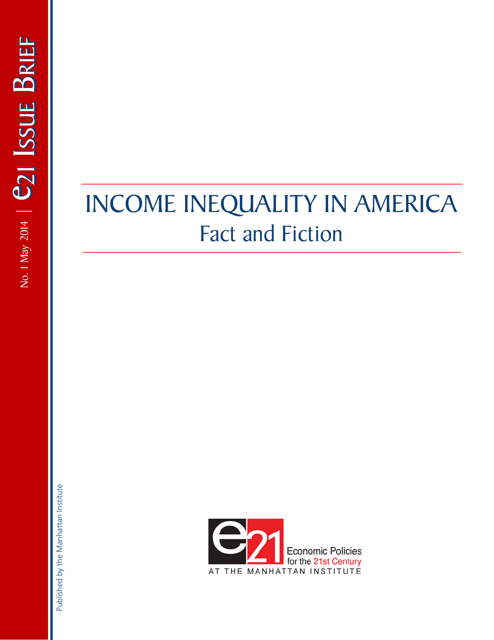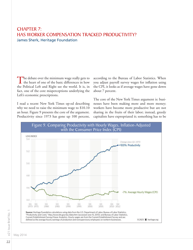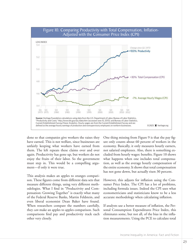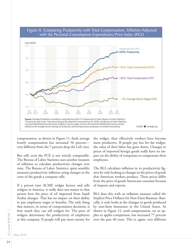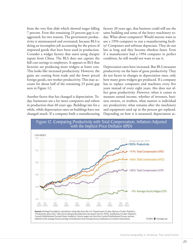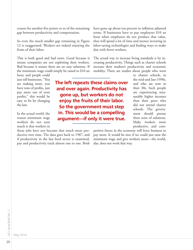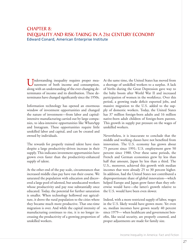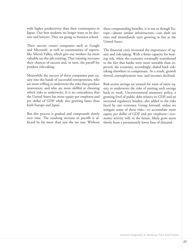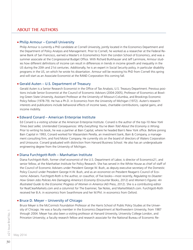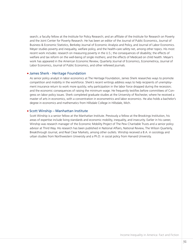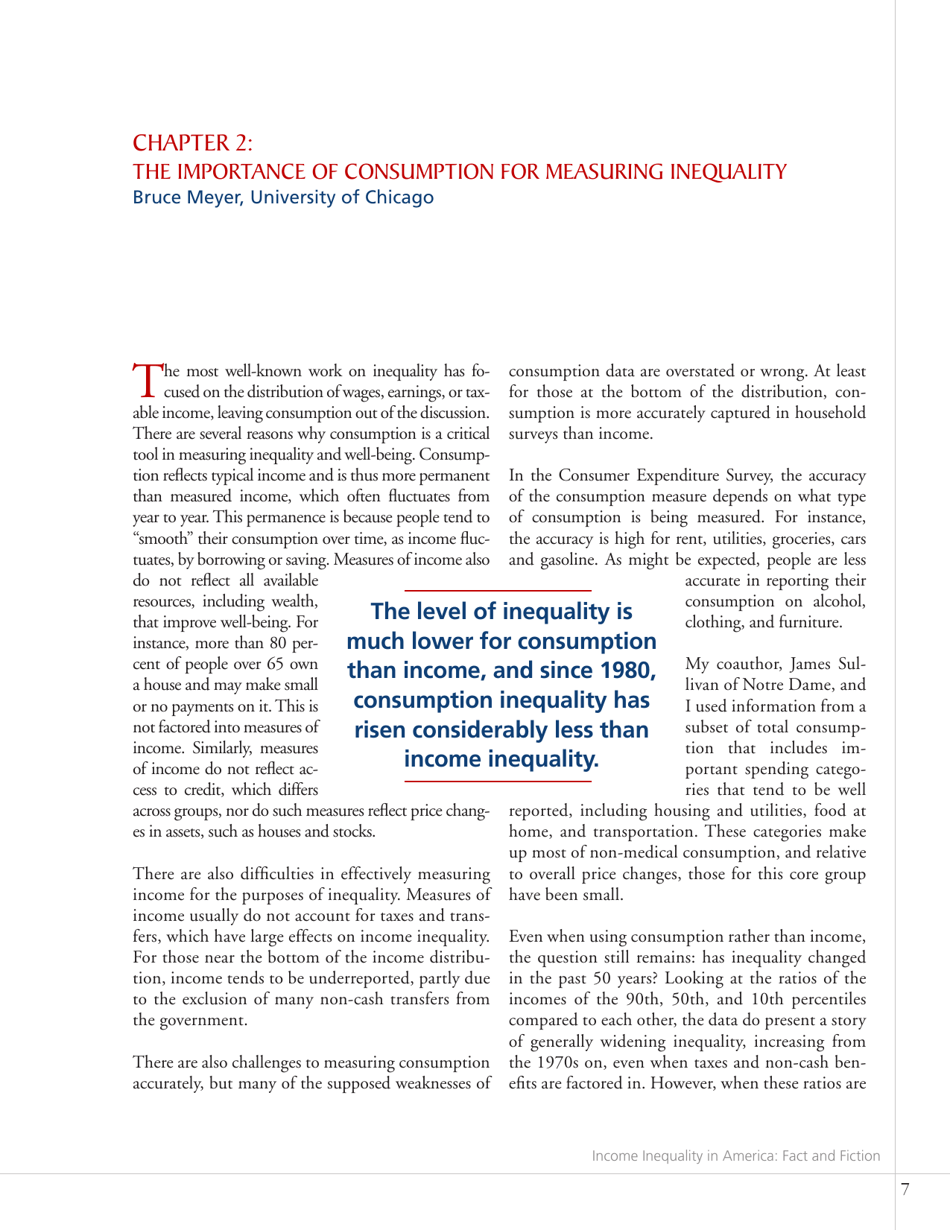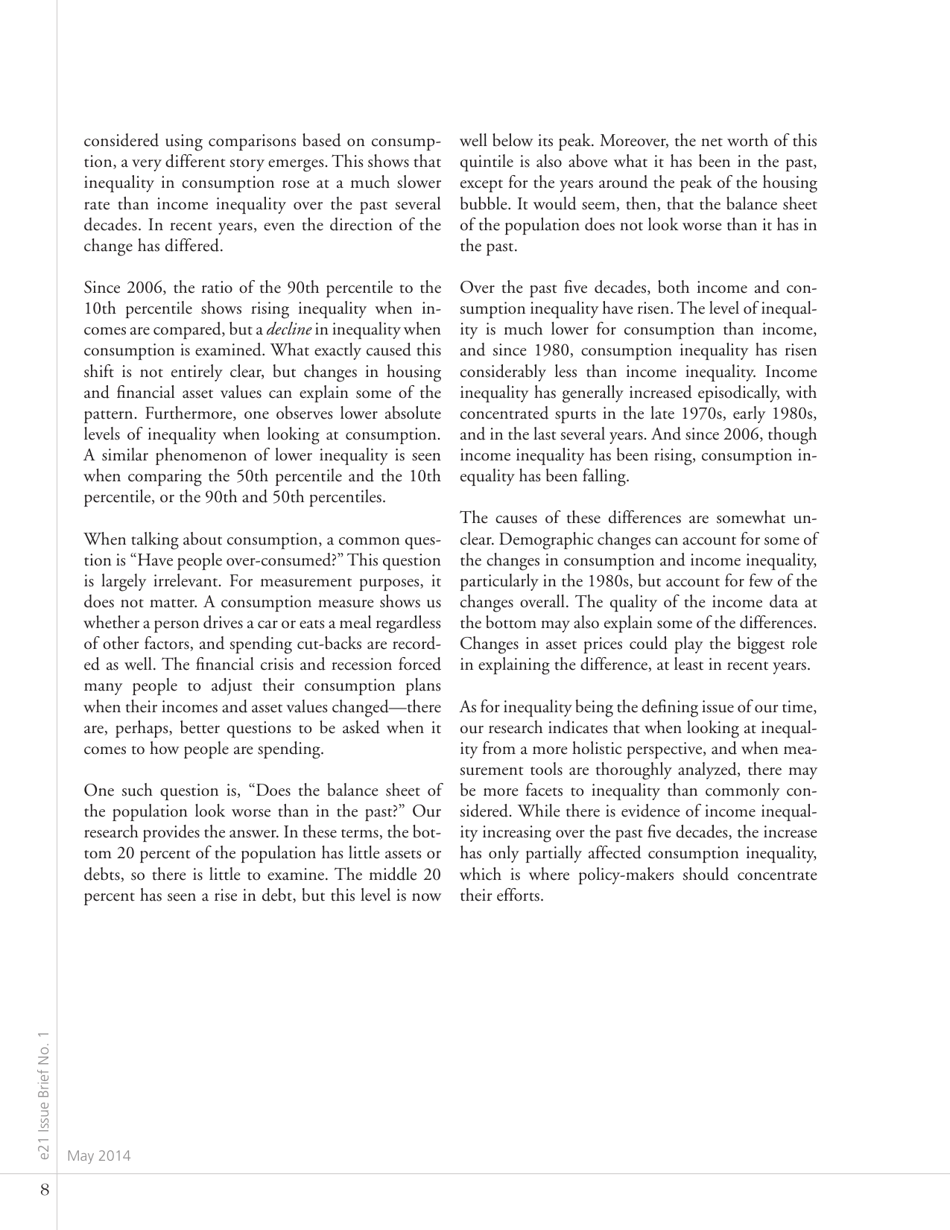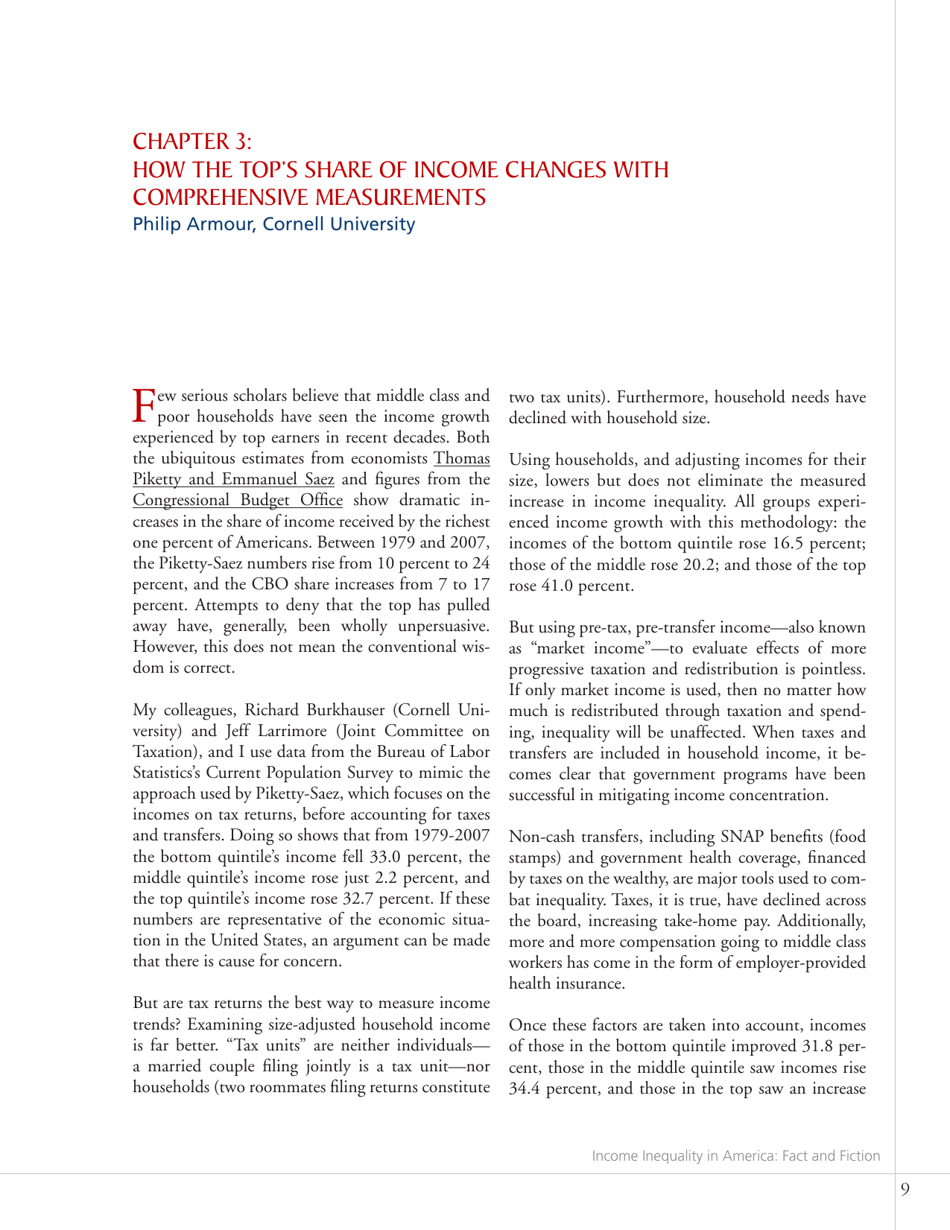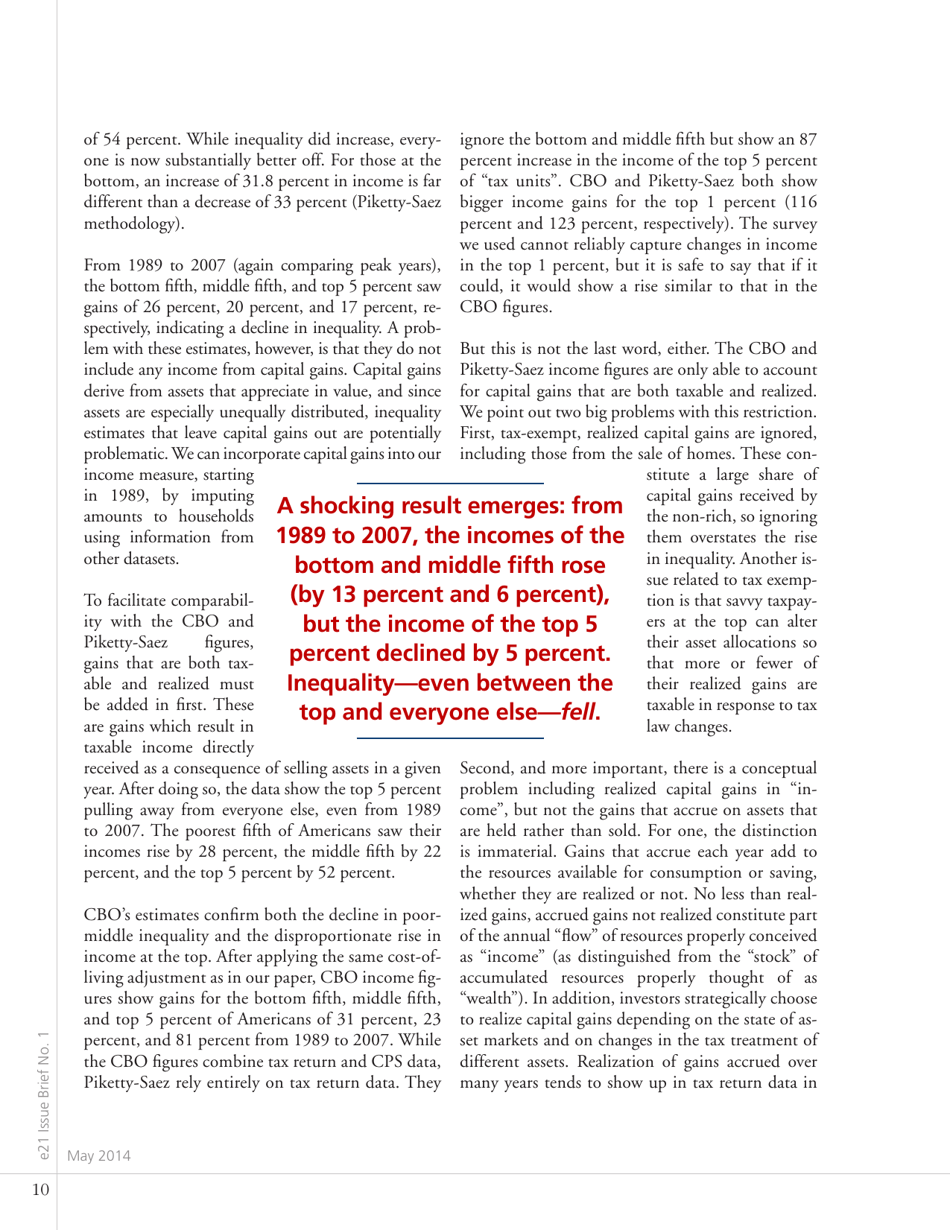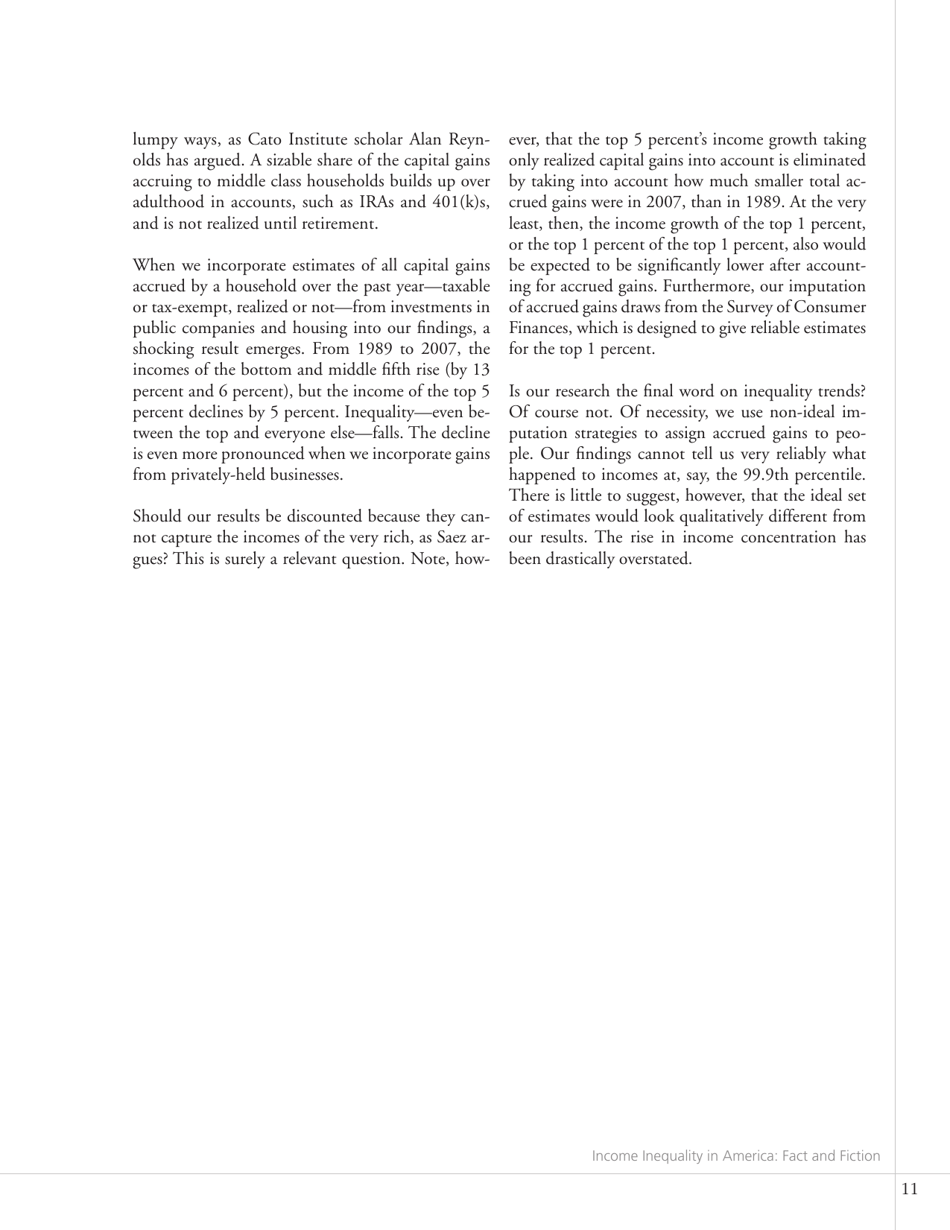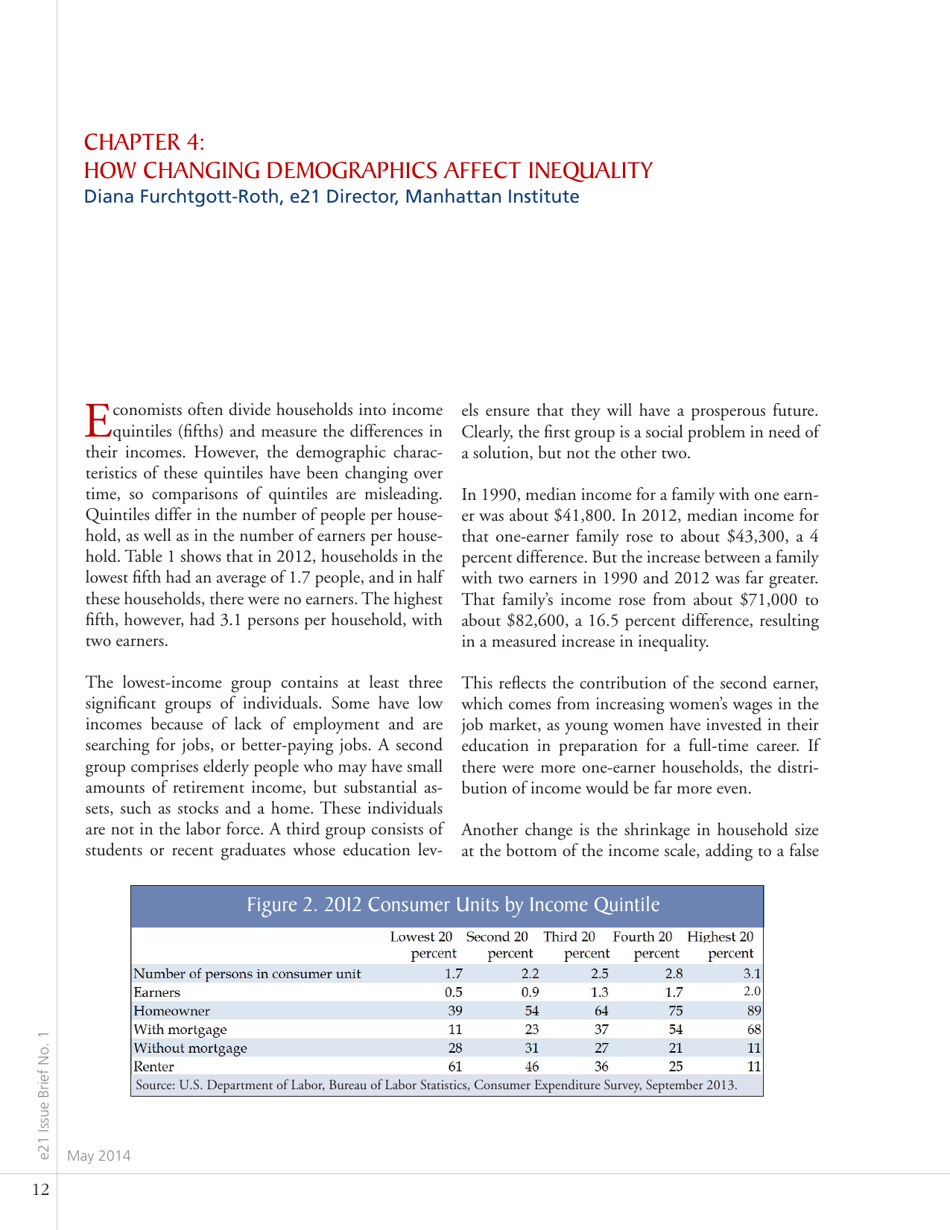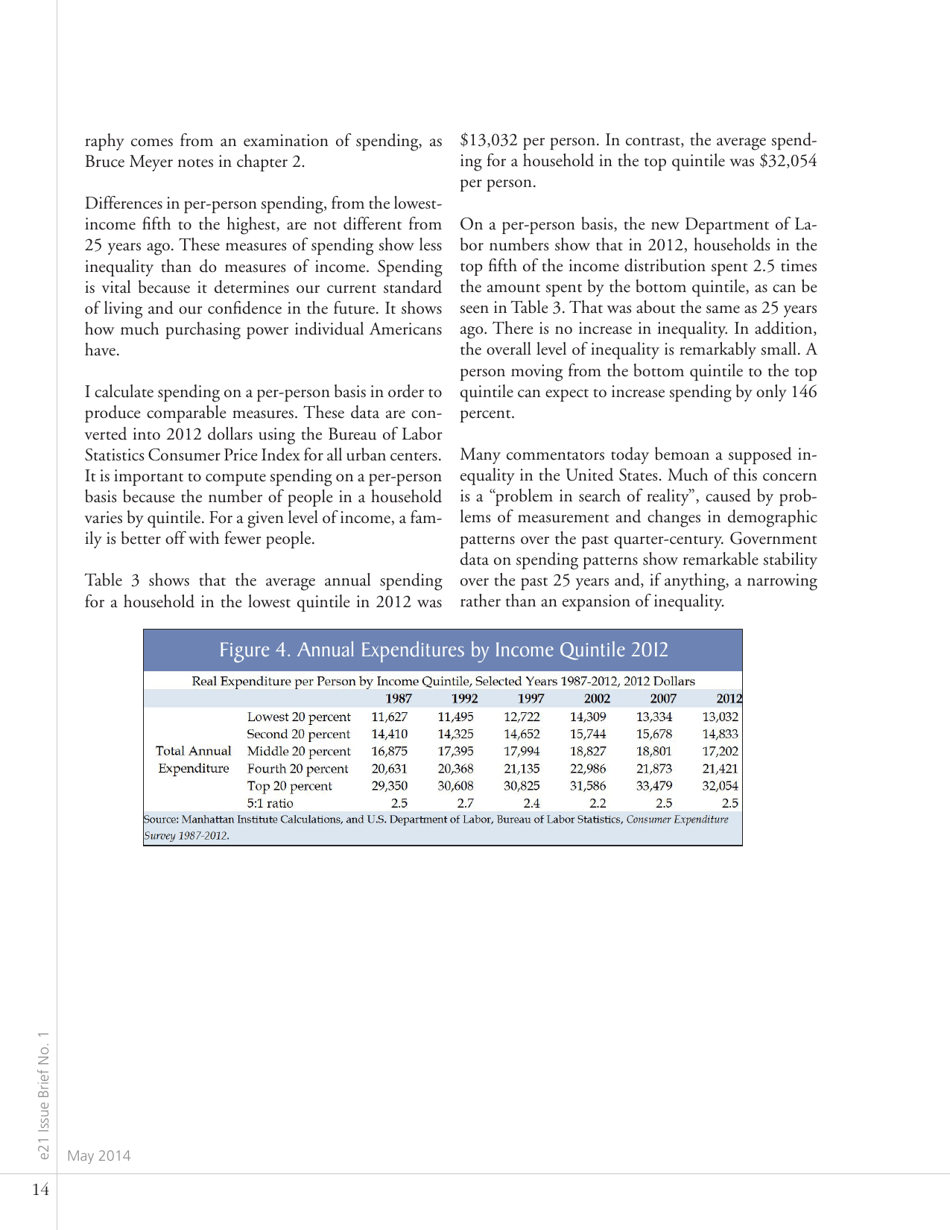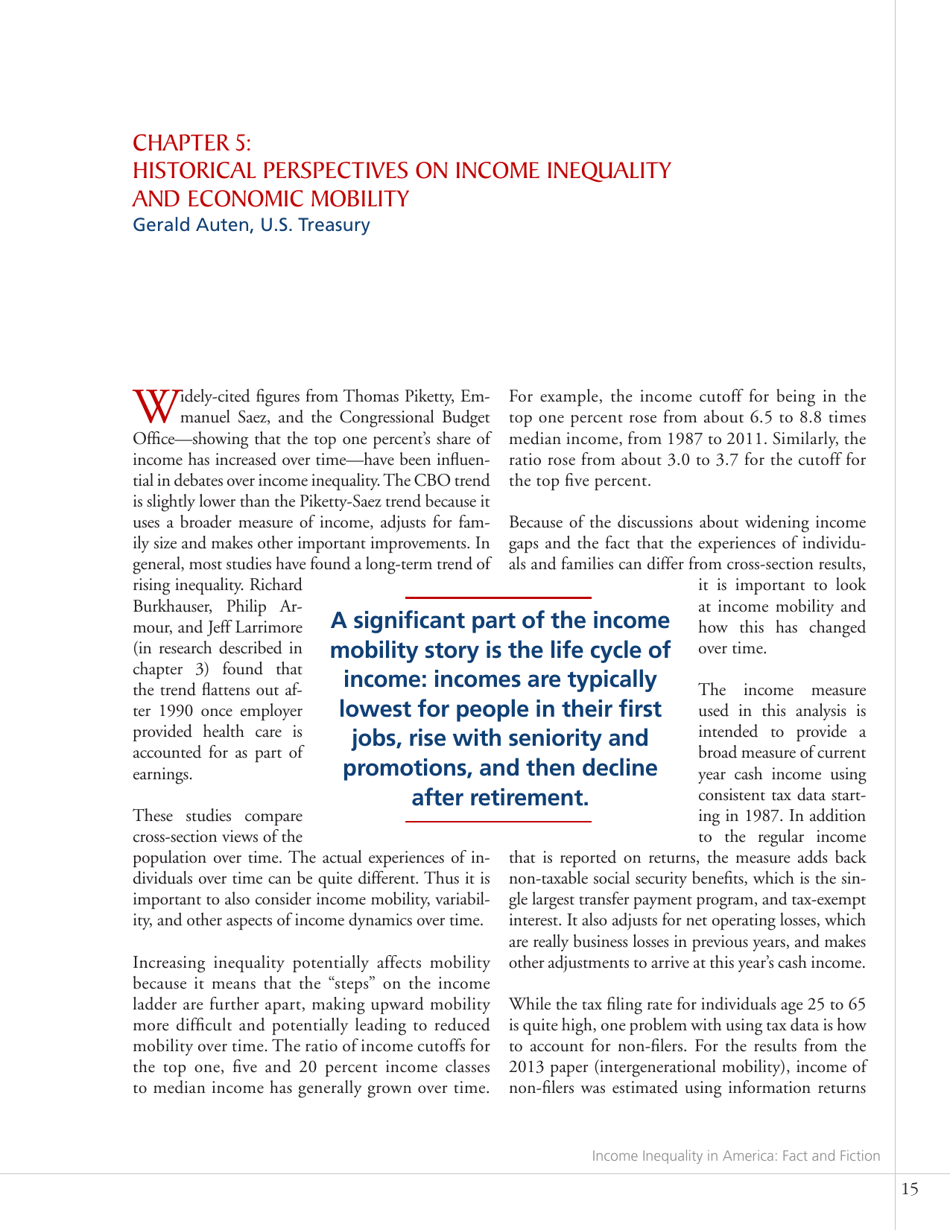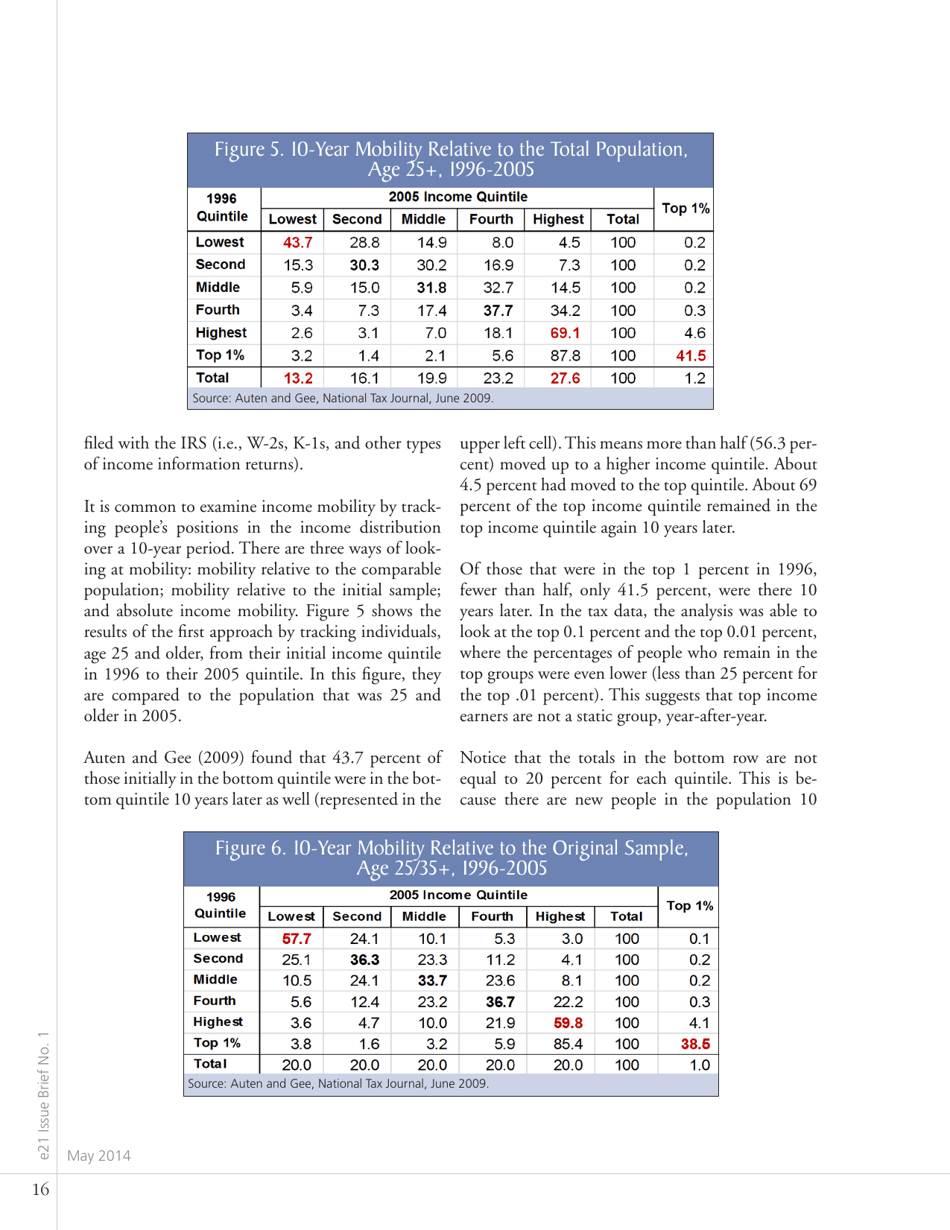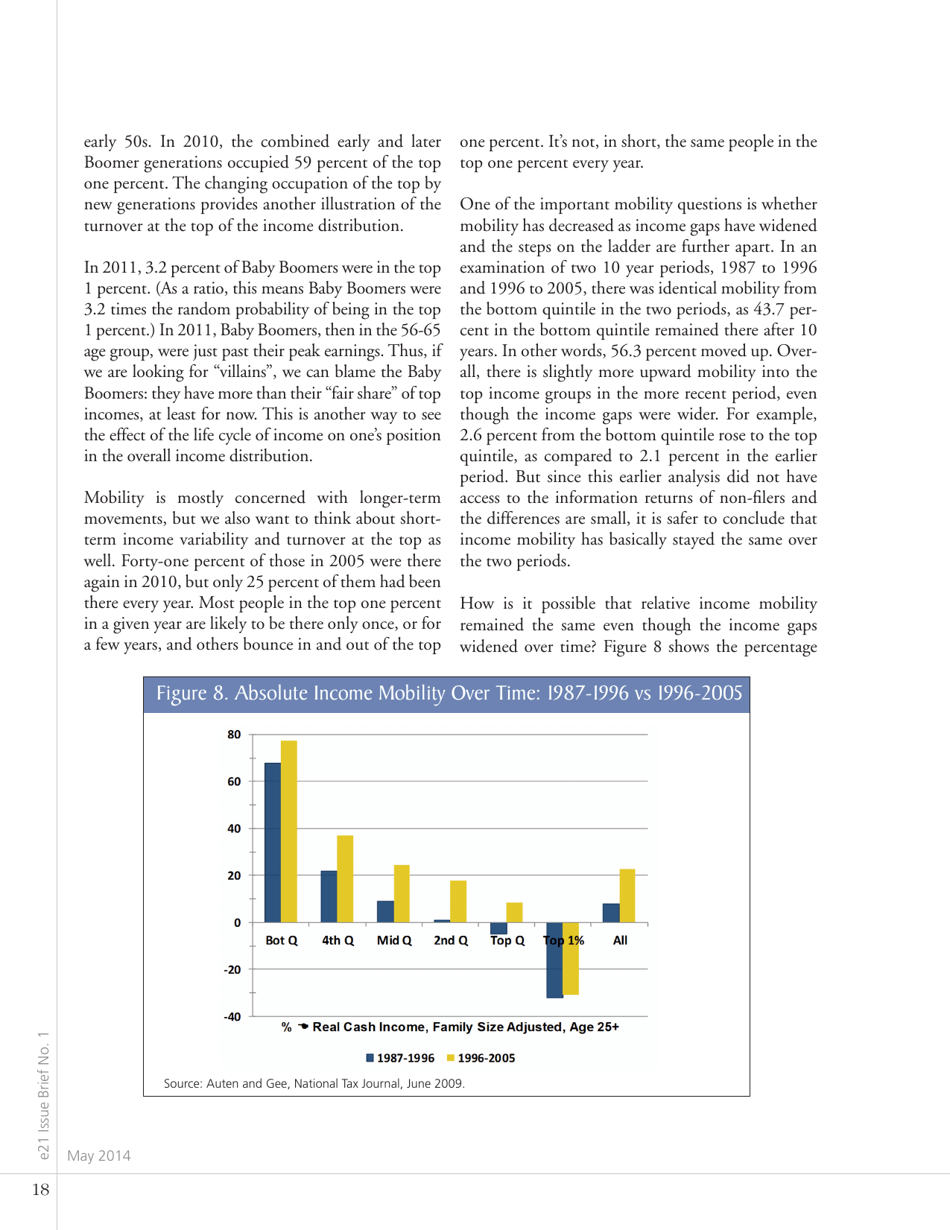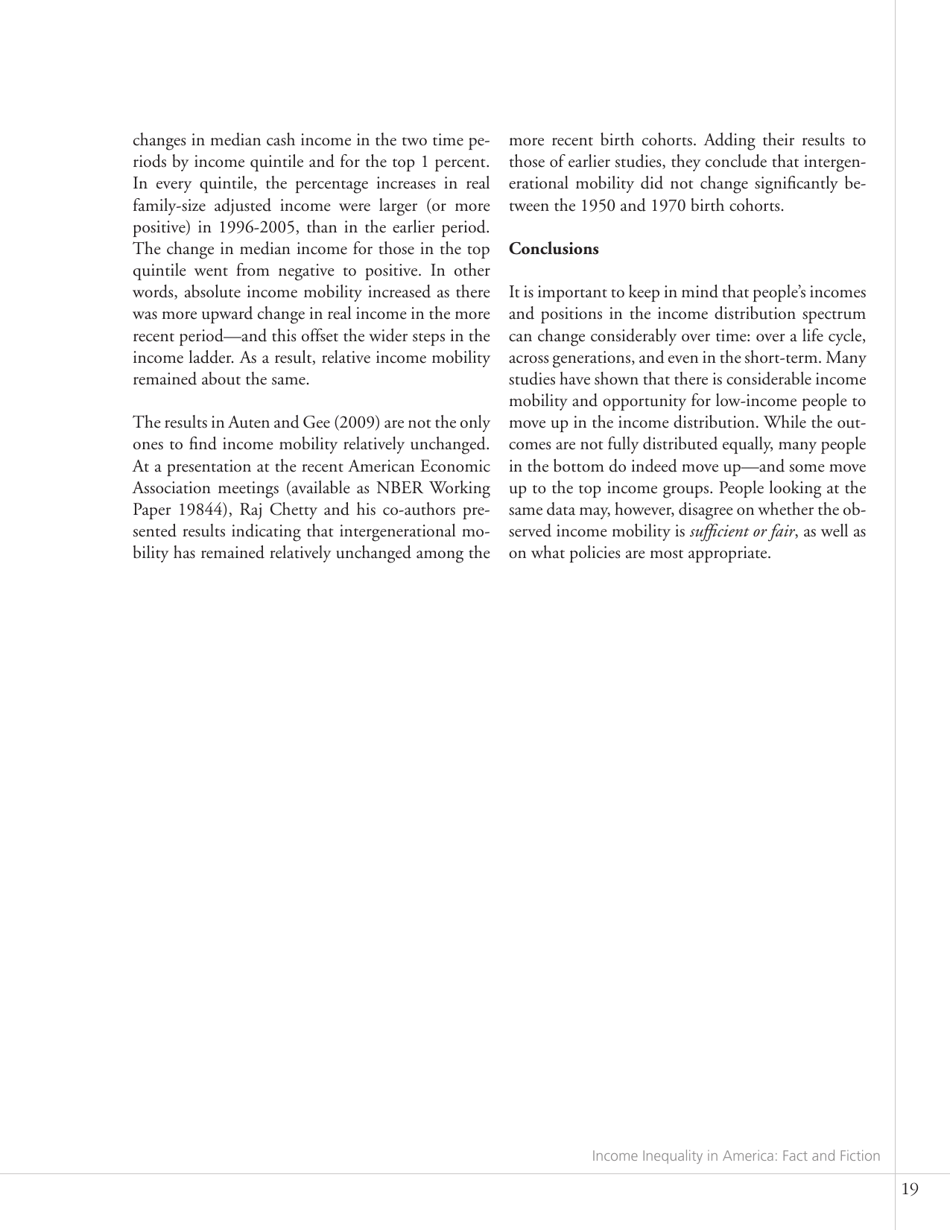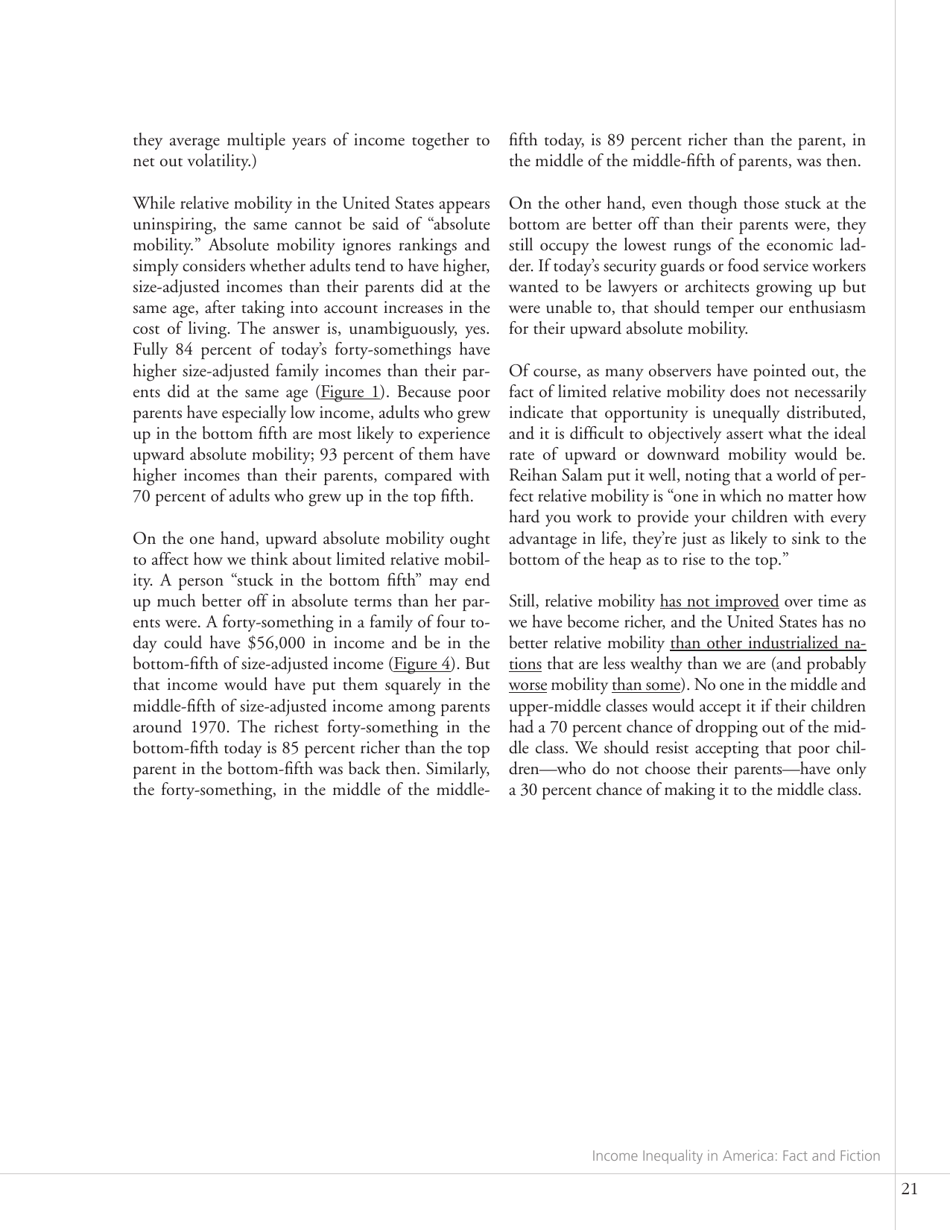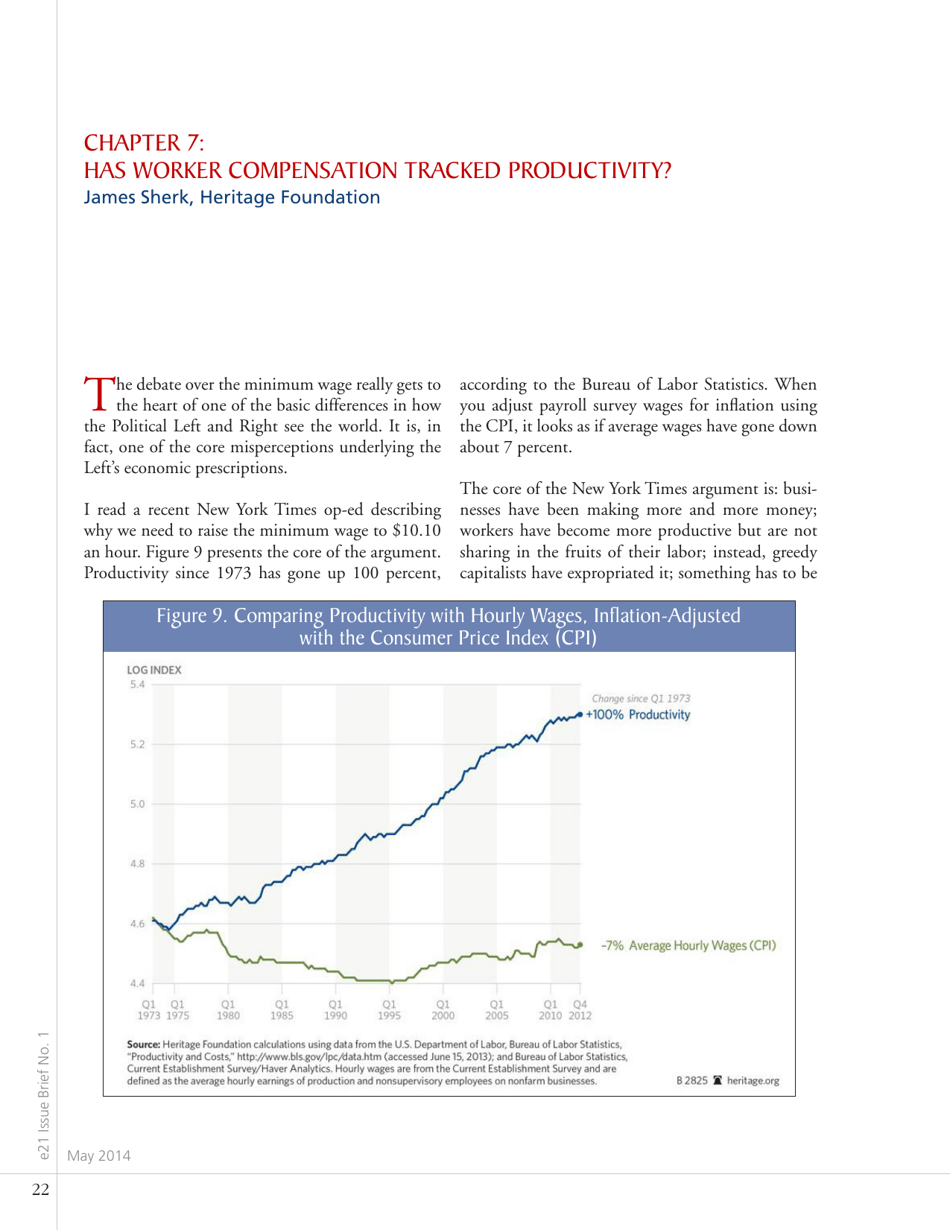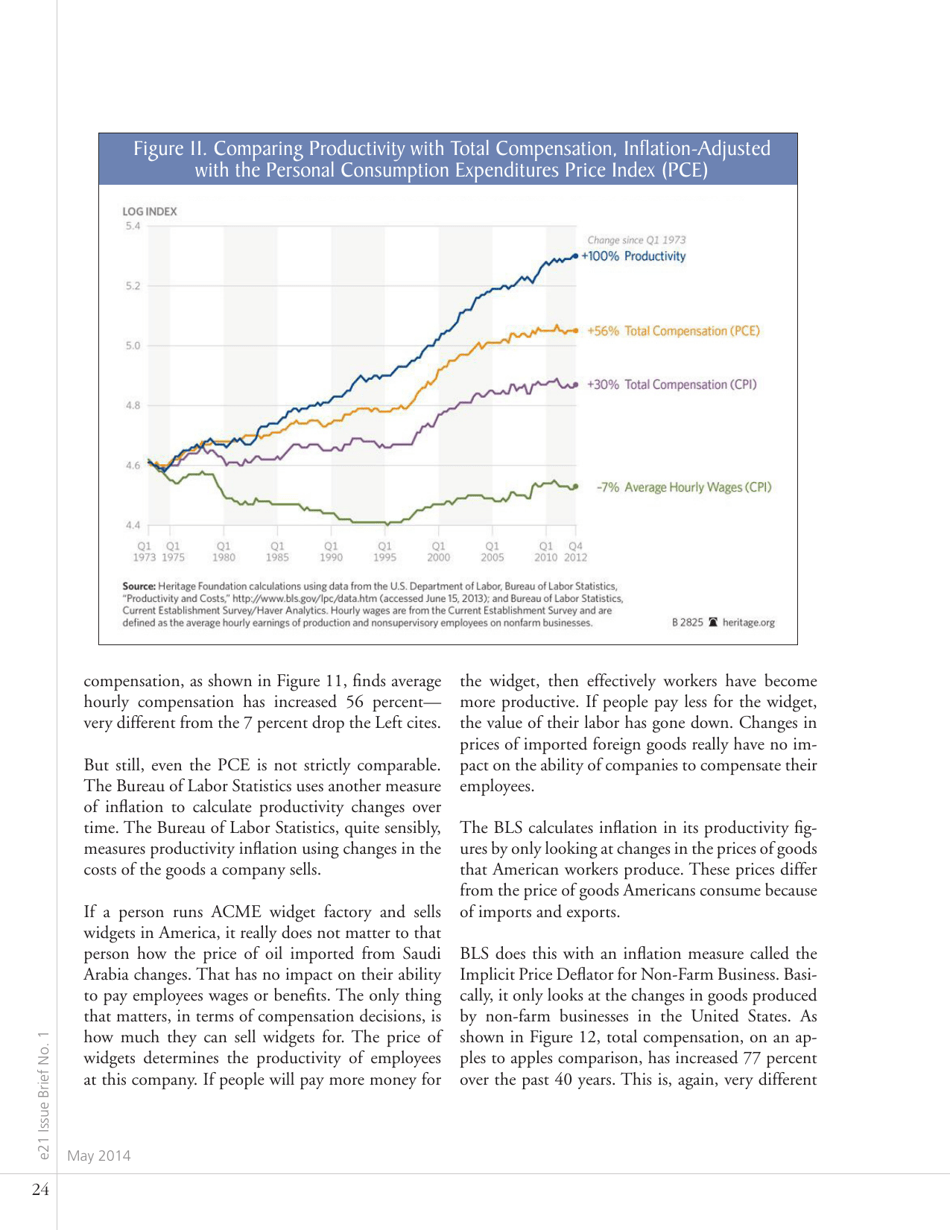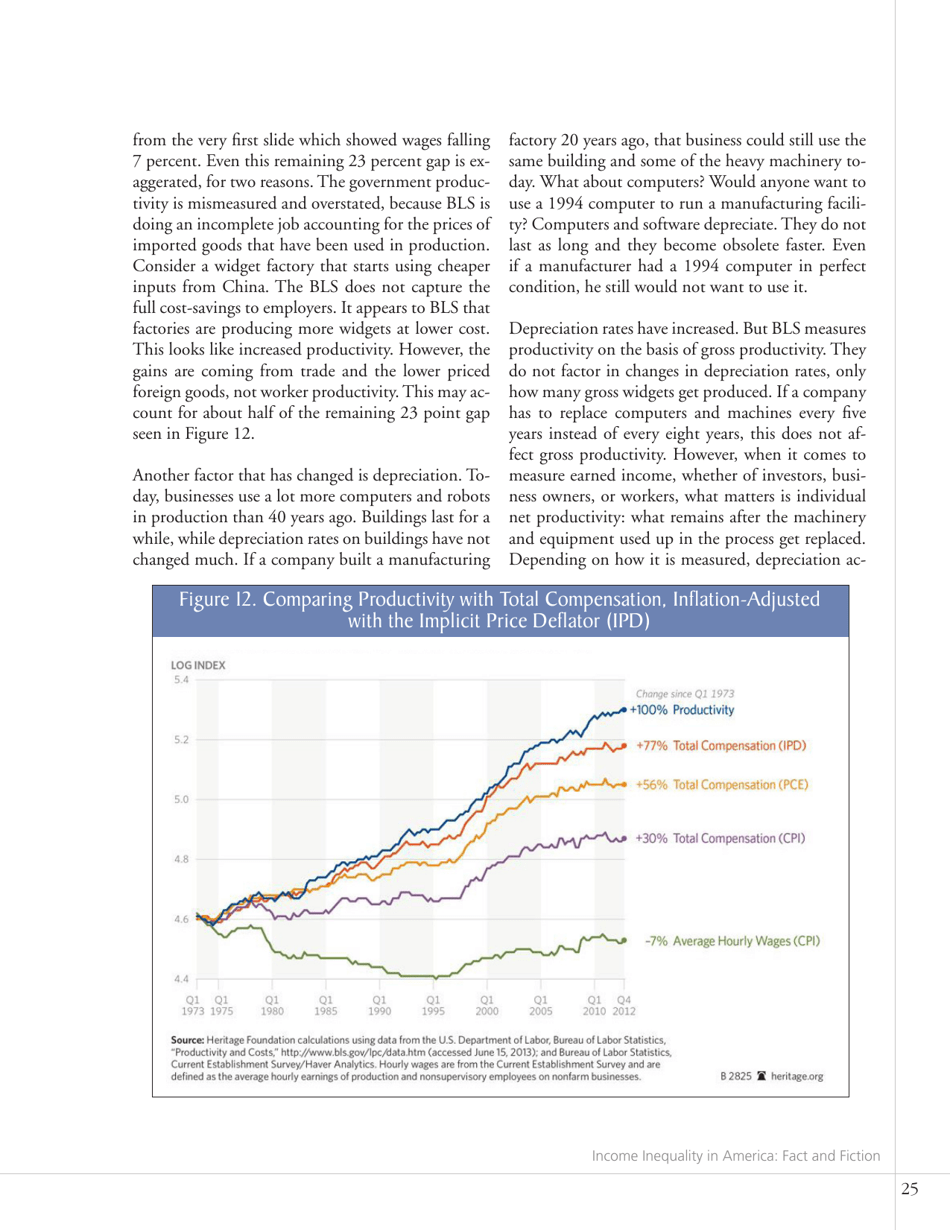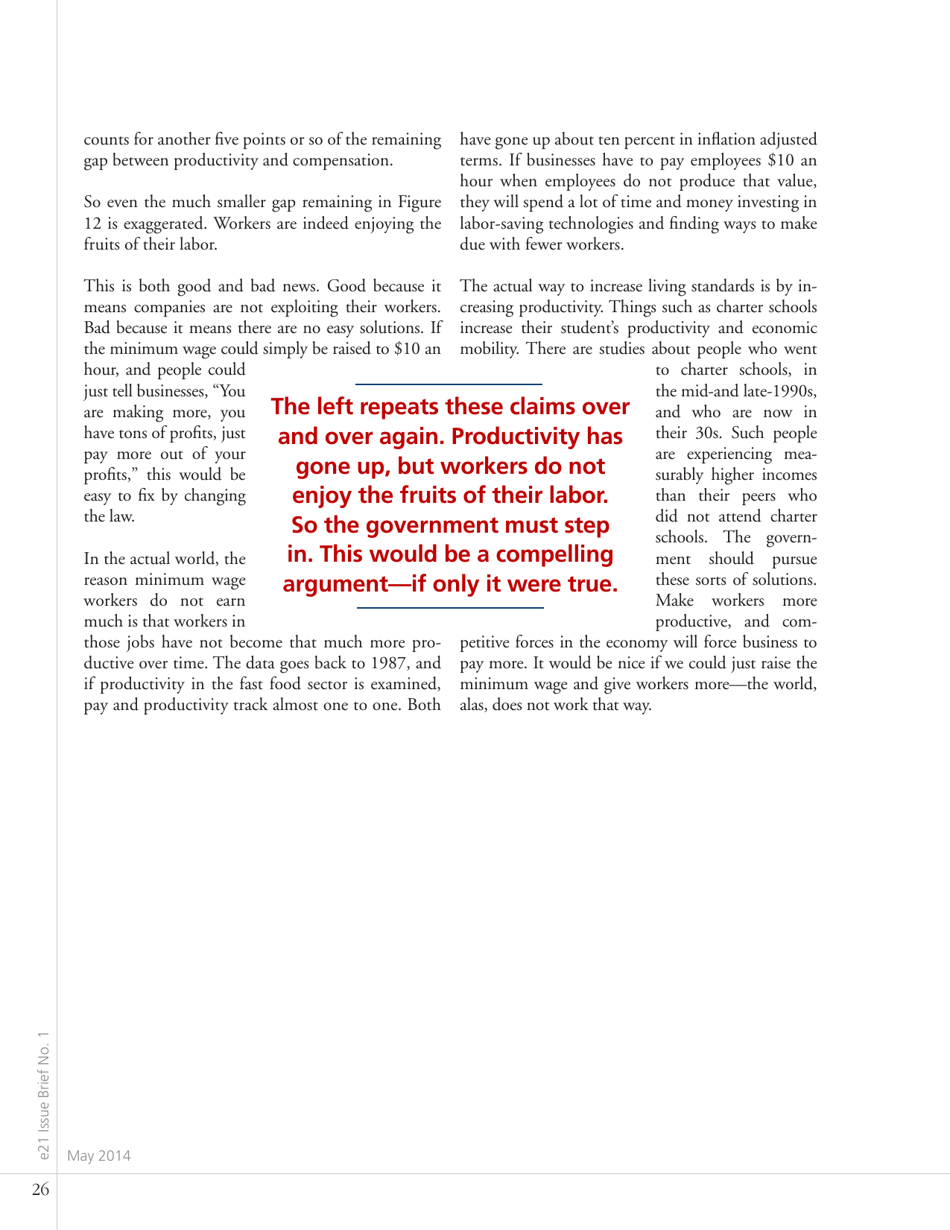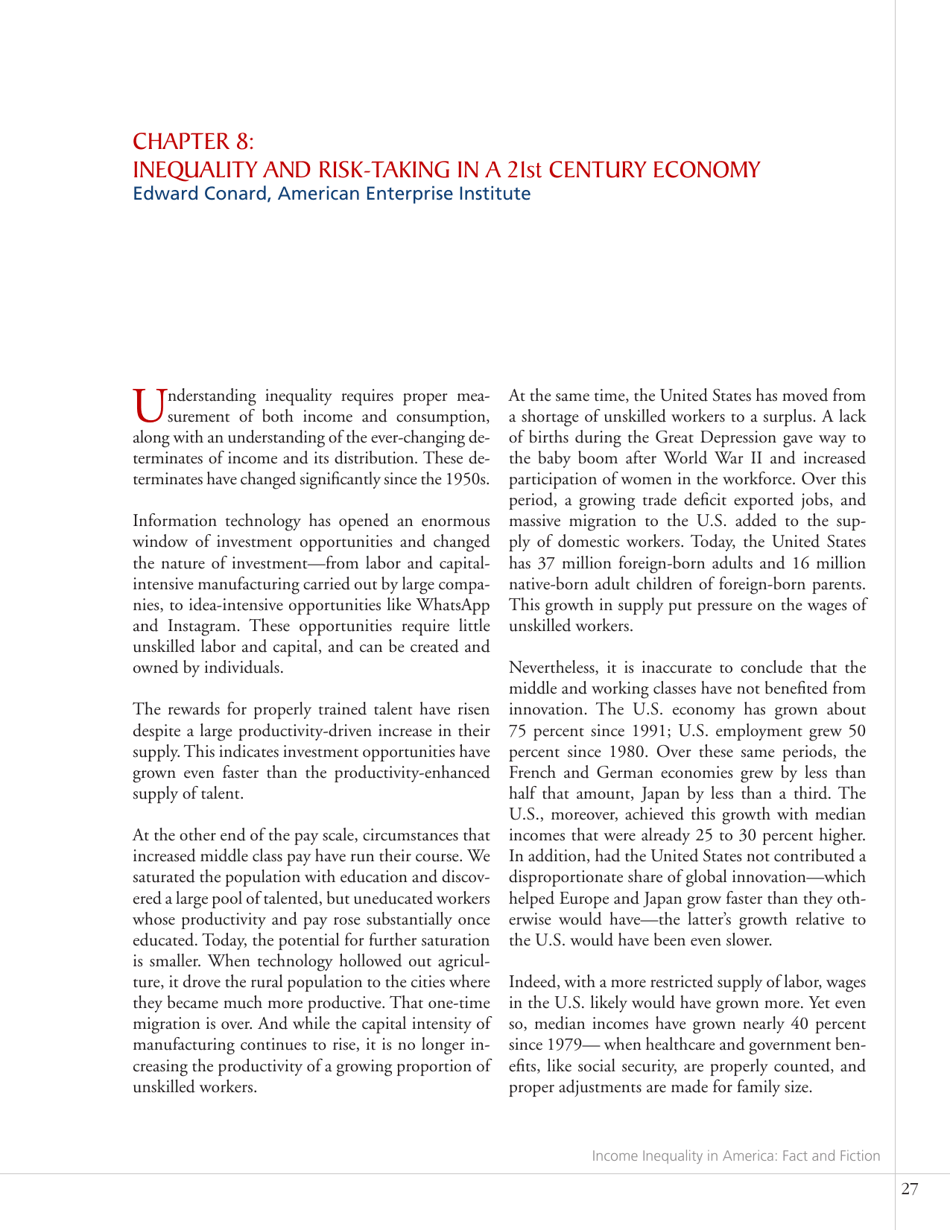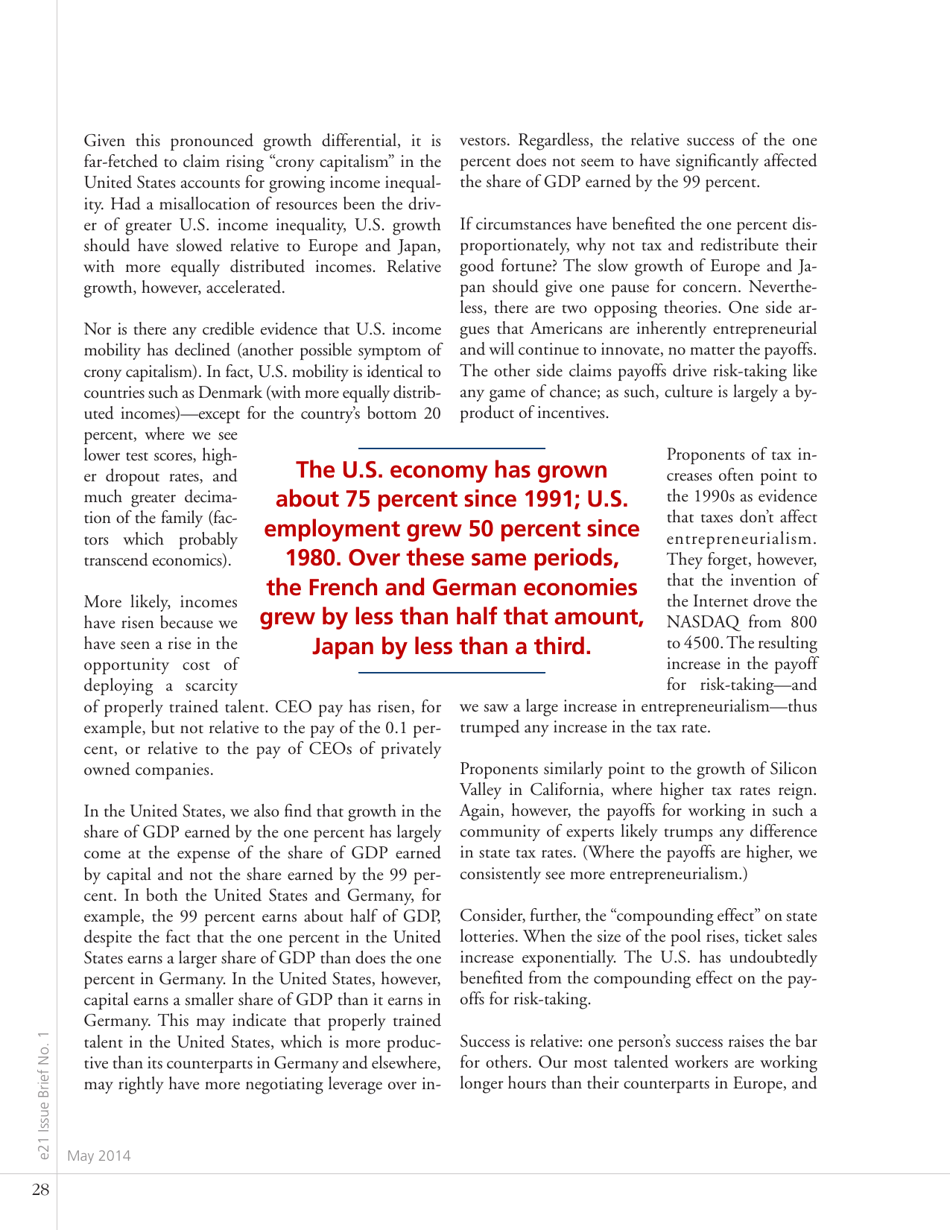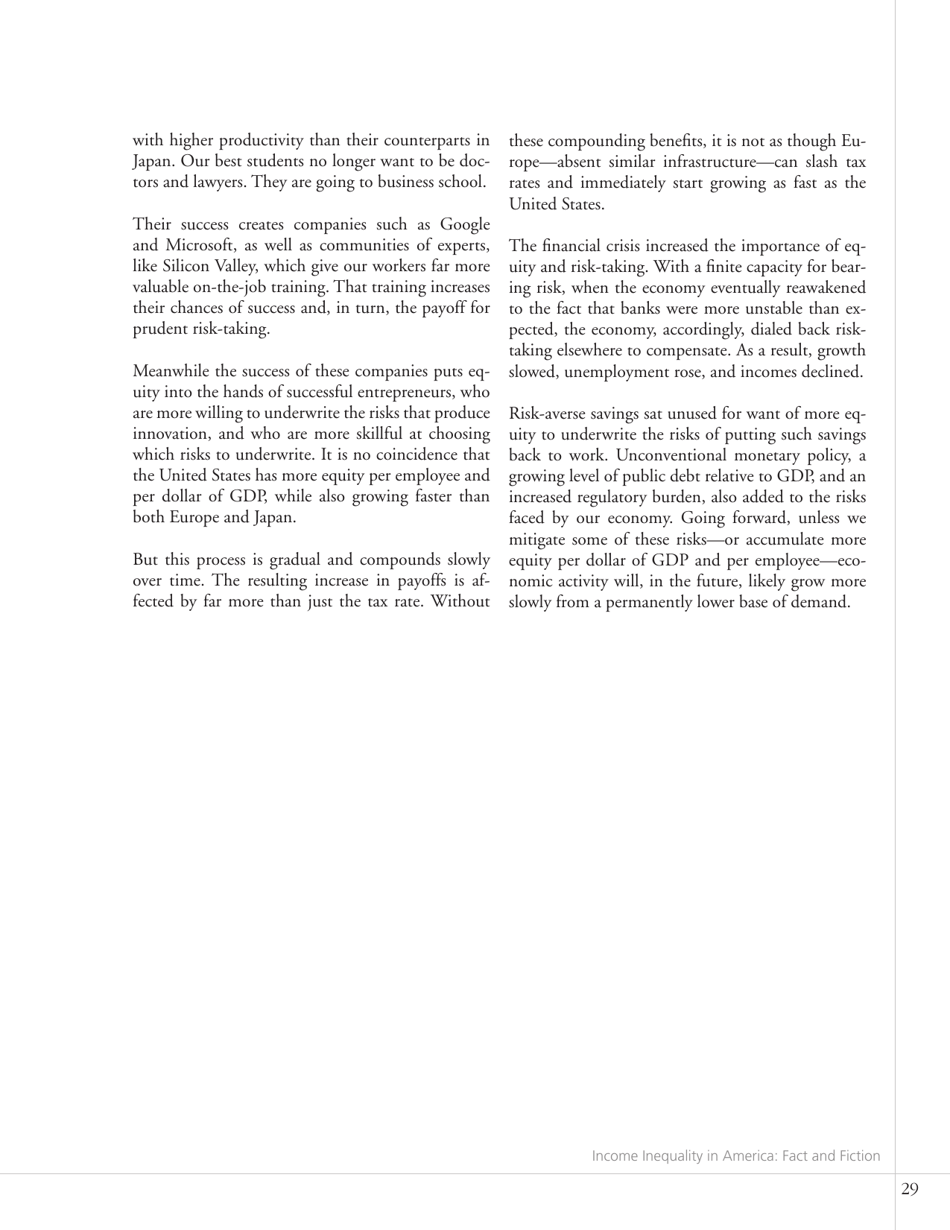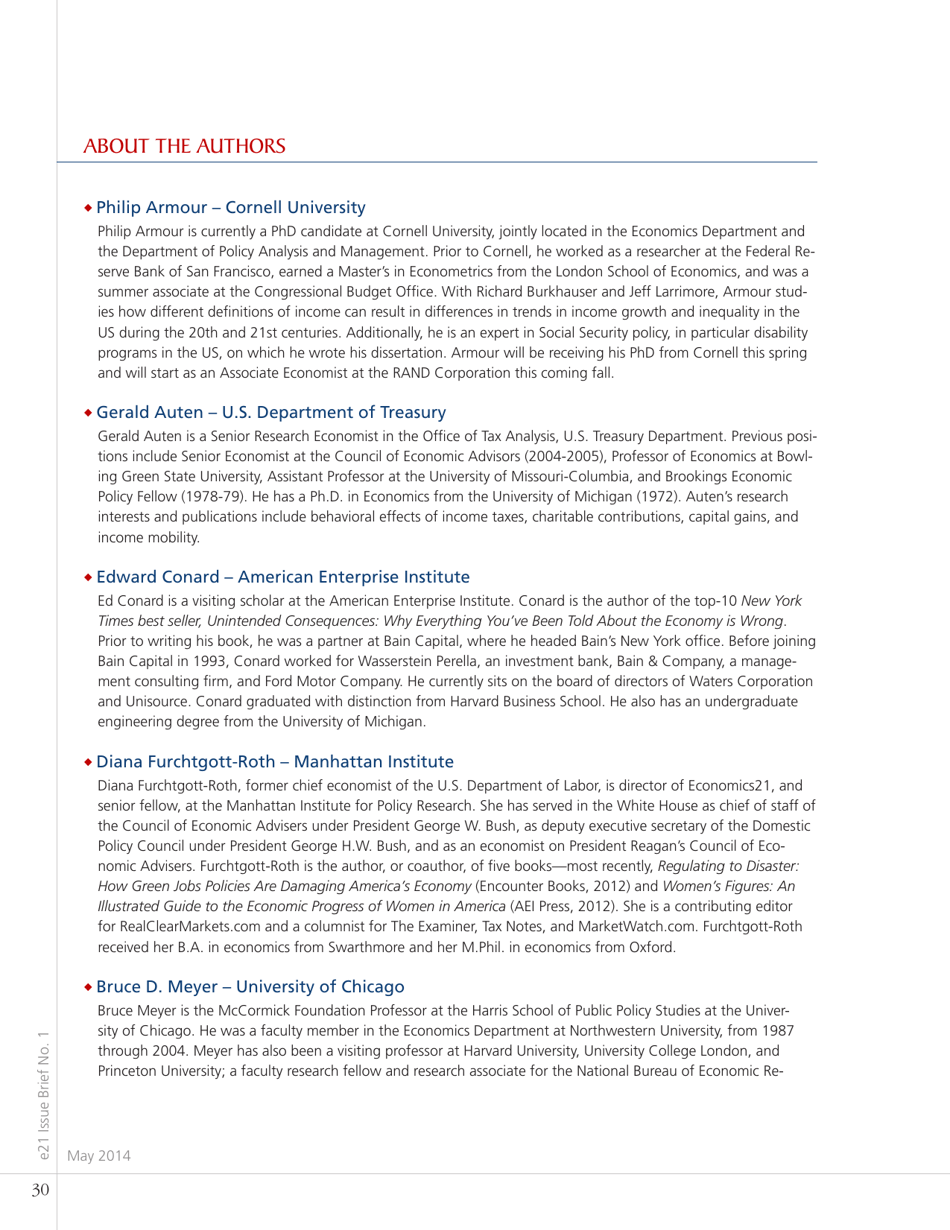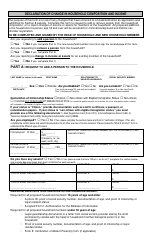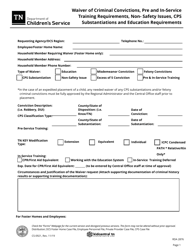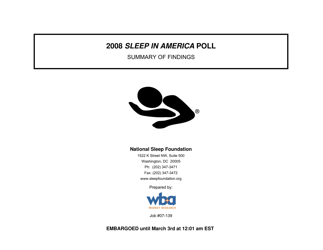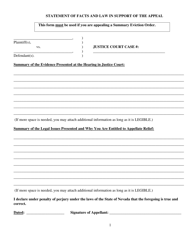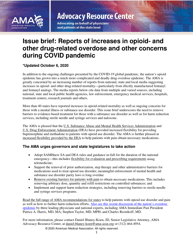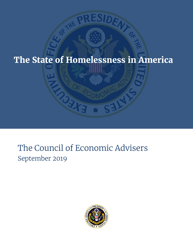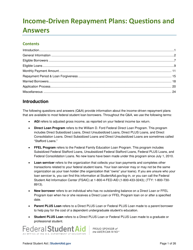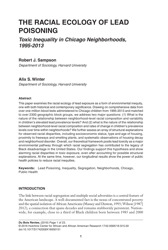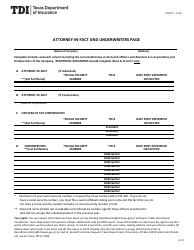Income Inequality in America Fact and Fiction - E21 Issue Brief
The E21 Issue Brief titled "Income Inequality in America: Fact and Fiction" aims to provide a comprehensive analysis and discussion of the topic of income inequality in the United States. It serves as a resource for understanding the reality and misconceptions surrounding income inequality in America.
FAQ
Q: What is income inequality?
A: Income inequality refers to the unequal distribution of income among a population.
Q: Is income inequality a real problem in the United States?
A: Yes, income inequality is a significant issue in the United States.
Q: What are the causes of income inequality?
A: Multiple factors contribute to income inequality, including disparities in education, technology, globalization, and public policy.
Q: How does income inequality impact society?
A: Income inequality can lead to social and economic disparities, affecting access to education, healthcare, and opportunities for upward mobility.
Q: Does income inequality harm economic growth?
A: There are differing opinions on the relationship between income inequality and economic growth, but some research suggests that extreme inequality can hinder economic progress.
Q: How does the United States compare to other countries in terms of income inequality?
A: The United States has higher levels of income inequality compared to many other developed countries.
Q: What are some possible solutions to reduce income inequality?
A: Possible solutions include investing in education and skills training, implementing progressive tax policies, and strengthening social safety nets.
Q: Are there any benefits to income inequality?
A: Some argue that income inequality can provide incentives for innovation and productivity, but excessive inequality can have negative implications.
Q: What is the role of government in addressing income inequality?
A: The government can play a role in addressing income inequality through policies that promote economic opportunity and redistribute wealth.
